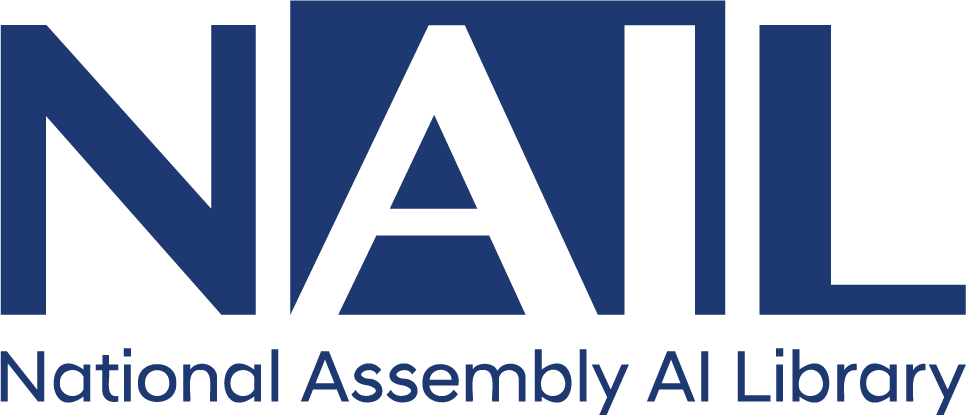목차
Title page
Contents
Abbreviations 8
Preface 9
Acknowledgments 11
Key Findings 13
Executive Summary 16
About this Report 26
ONE. CLEAN HYDROGEN: STATUS, PROJECTIONS, AND SCENARIOS 29
Key Points 30
Recent Developments and Outlook in the Short to Medium Term 31
Long-Term Clean Hydrogen Scenarios 33
Markets for Clean Hydrogen 35
Investment Needs Through 2030 37
Hydrogen Deployment 38
Business Models and Project Case Studies: Lessons from Global Best Practices 43
TWO. TECHNICAL AND ECONOMIC COST ASSESSMENT 51
Key Points 52
A Breakdown of Clean Hydrogen Production Costs Today 53
Closing the Clean Hydrogen Cost Gap 63
THREE. FINANCING THE CLEAN HYDROGEN VALUE CHAIN: RISKS AND DE-RISKING MECHANISMS 71
Key Points 72
Risks Hindering the Availability of Financing for Clean Hydrogen Projects in EMDCs 73
Category A. General Risks Related to Investing in Large Infrastructure Assets 77
Category B. Risks Specific to Investing in Clean Hydrogen Projects 81
FOUR. GROWING THE MARKET: FUNDS, POLICIES, AND THE ROLE OF MULTILATERAL DEVELOPMENT BANKS 93
Key Points 94
Addressing Clean Hydrogen's Financing Needs, Given Global Finance Metrics 95
Enhancing Credibility with a Clean Hydrogen Strategy 98
Mitigating Institutional and Political Risks 98
Policy Options to Decrease Costs and Mitigate Risks 100
Policies to Mitigate Demand and Offtake Risk: Portfolio Obligations and Adoption Targets 103
The Role of Multilateral Development Banks 106
FIVE. ACTIONS TO ACCELERATE CLEAN HYDROGEN FOR INTERNATIONAL DEVELOPMENT 113
Key Points 114
Capacity Building and Knowledge Sharing 115
International Coordination 116
Policies and Institutional Frameworks to Accelerate Project Development 118
A Proposal for Lighthouse Projects 119
References 120
TABLE 1.1. Clean Hydrogen Projects with a Final Investment Decision in EMDCs (excluding China), as of January 2023 32
TABLE 1.2. Renewable Ammonia Plants Under Construction in EMDCs (excluding China) 36
TABLE 1.3. Categorization and Examples of Business Models 44
TABLE 2.1. Cost of Capital for Utilities Powered by Renewable Energy, by Capital Component and Region, 2020-21 (all data in percent) 62
TABLE 3.1. Risks Affecting the Financing of Clean Hydrogen Projects 74
TABLE 3.2. Financial De-risking Instrument Offered by Multilateral Development Banks and Export Credit Agencies to Mitigate Political and Regulatory Risks 79
TABLE 3.3. Financial and Policy De-risking Instruments Offered by Multilateral Development Banks to Mitigate Offtake Risks 82
TABLE 3.4. Commercial Insurance Covering Specific Technology Risks 84
TABLE 3.5. Financial De-risking Instruments Offered by MDBs to Mitigate Operational Risks 86
TABLE 3.6. Top 10 Risks and Proposed Financial and Policy De-risking Mechanisms 89
FIGURE 1.1. Hydrogen in the Global Energy Transition and Decarbonization Scenarios 34
FIGURE 1.2. Global Hydrogen Consumption across End-Use Sectors 35
FIGURE 1.3. Investment Needed to Develop Announced Projects Covering the Hydrogen Value Chain Through 2030 (billions of U.S. Dollars), and Project... 37
FIGURE 1.4. Emerging Markets and Developing Countries Investment Needs Through 2030 38
FIGURE 1.5. Breakdown of the Global Clean Hydrogen Project Pipeline by Country Group and Project Phase Through 2030 (in US$ billion) 39
FIGURE 1.6. Clean Hydrogen Project Announcements in the Middle East & North Africa, by Country (as of Q3 2023) 41
FIGURE 2.1. Levelized Cost of Hydrogen Estimates for Renewable Hydrogen Production, 2030-2050 56
FIGURE 2.2. Breakdown of the Best-in-Class Renewable Hydrogen Projects with LCOH of $3/kg, 2023 57
FIGURE 2.3. Impact of Capital Costs on the Production of Renewable Hydrogen 61
FIGURE 2.4. The Cost of Transporting Hydrogen, by Various Modes, Based on Distance 62
FIGURE 2.5. Reduction in Production Cost of Renewable Hydrogen, 2023-2030 64
FIGURE 2.6. Drop in Import Cost of Renewable Hydrogen, 2023-30 65
FIGURE 2.7. Estimation of Financing Gap Under Various Assumptions, 2023-30 68
FIGURE 3.1. Top Risks, if Mitigated, Would Enable Clean Hydrogen Projects to Secure Financing in EMDCs 76
FIGURE 3.2. Risks, Costs, Financing Over the Life Cycle of a Clean Hydrogen Project 91
FIGURE 3.3. Financial and Policy De-risking Mechanisms Lowering the Cost of Producing Hydrogen from $5 to $3/kg 92
FIGURE 4.1. Multilateral Development Bank Support Options to Accelerate Clean Hydrogen Projects 109
FIGURE 5.1. Four-Part International Action Plan to Facilitate Private Investment in Clean Hydrogen 115
Boxes
BOX 1.1. PROSPECTS FOR INTERNATIONAL TRADE IN CLEAN HYDROGEN 33
BOX 2.1. COMPARING EXPENSES AND POTENTIAL REVENUES FOR HYDROGEN 66
BOX 4.1. THE WORLD BANK'S $3 BILLION DEVELOPMENT POLICY SUPPORT TO INDIA'S GREEN HYDROGEN PROGRAM 110
BOX 4.2. FINANCING CHILE'S GREEN HYDROGEN INDUSTRY: A CASE STUDY ON INNOVATIVE FINANCING TO SPUR THE NASCENT INDUSTRY 111
해시태그
관련자료
AI 100자 요약·번역서비스
인공지능이 자동으로 요약·번역한 내용입니다.



